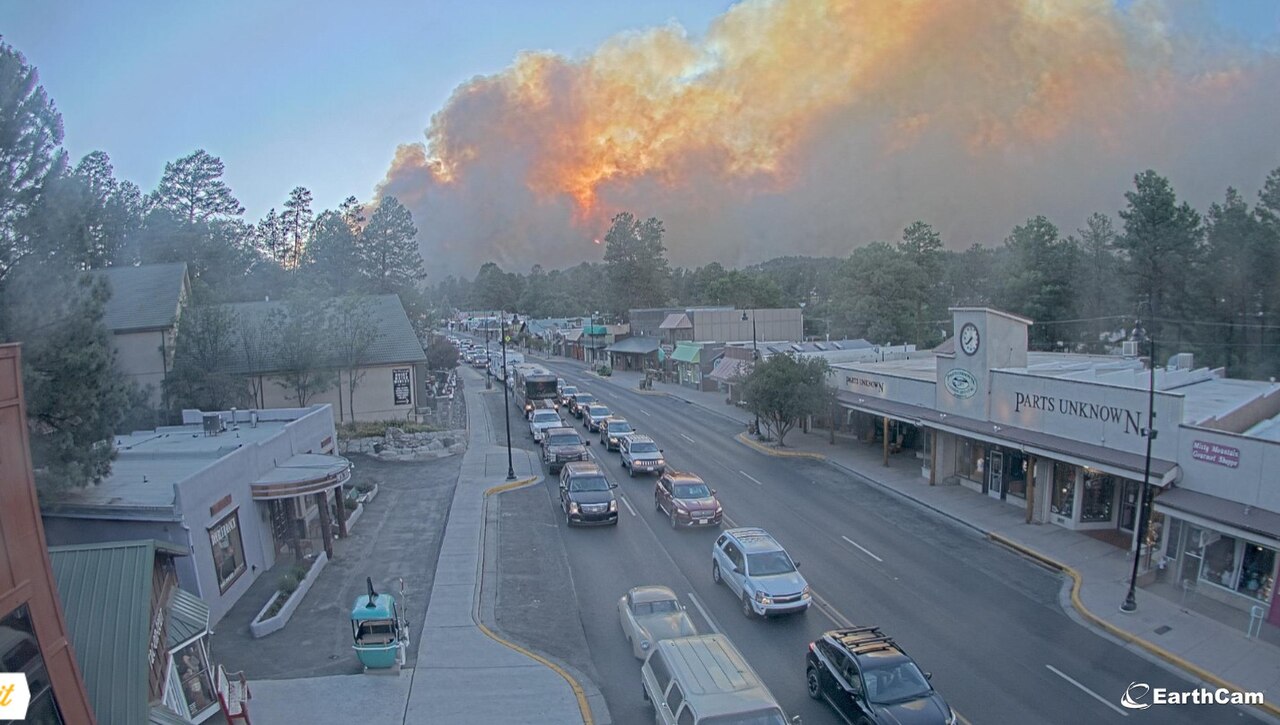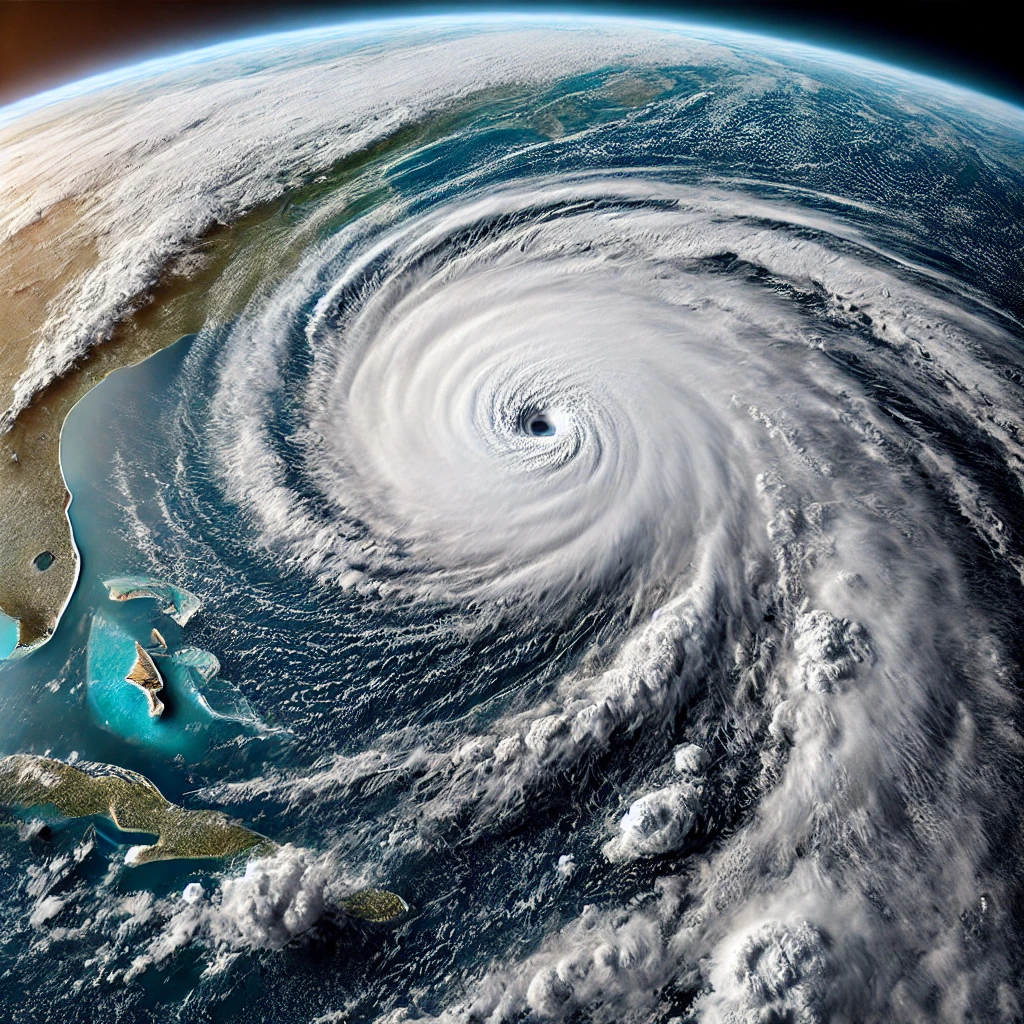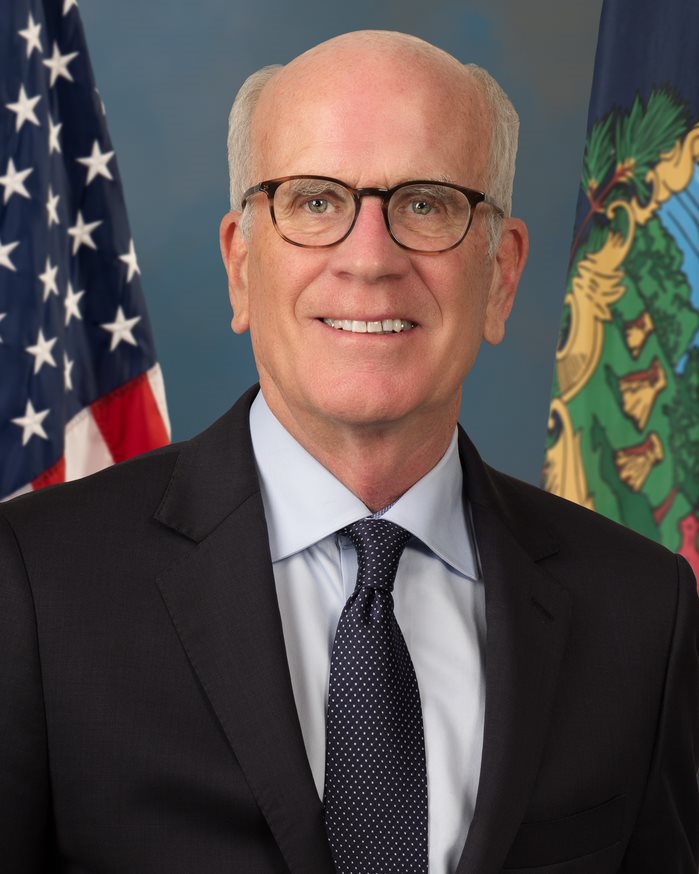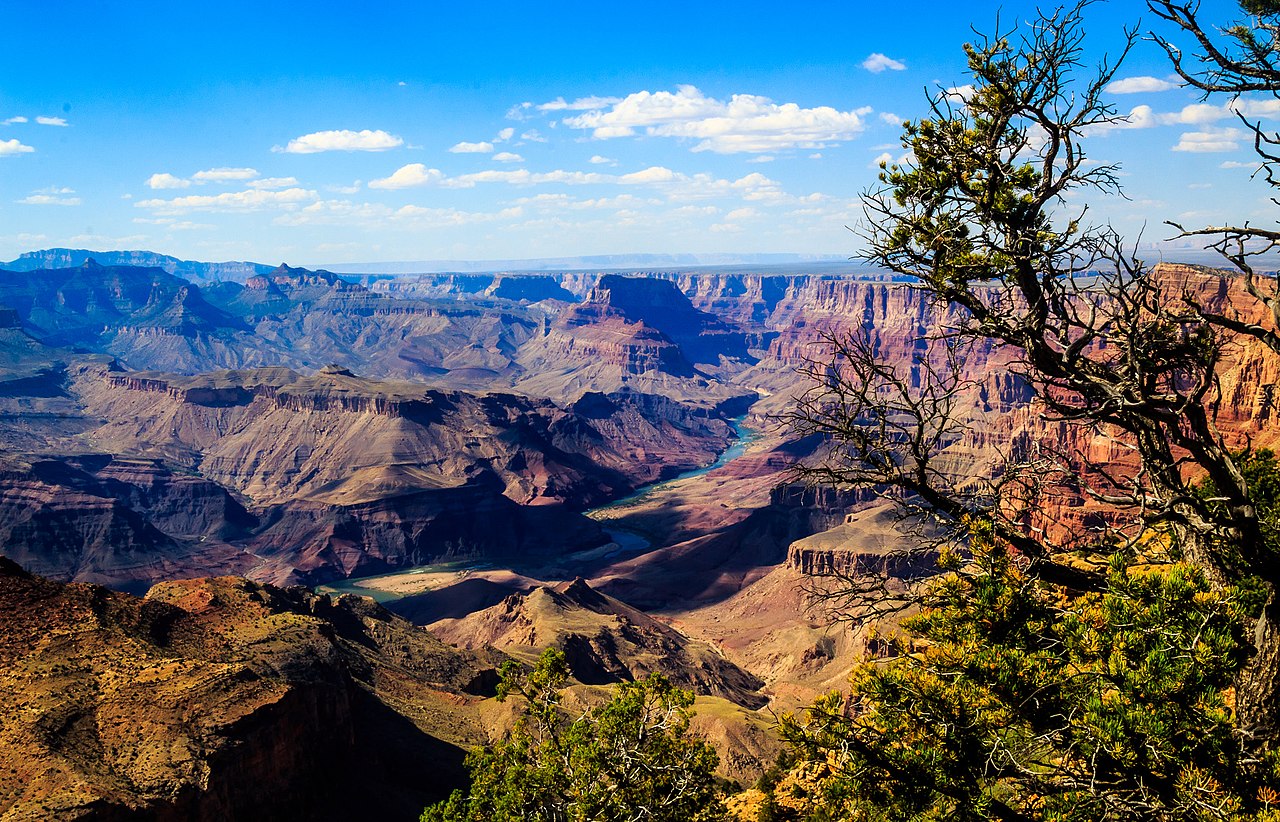
This week, the United States experienced unprecedented heat waves, with temperatures shattering records across multiple states. From coast to coast, cities reported some of the highest temperatures ever recorded in early July. In Phoenix, Arizona, the mercury hit a staggering 118°F, breaking the previous record for this time of year. Las Vegas, Nevada, also saw temperatures exceed 115°F, while Death Valley, California, recorded a blistering 130°F, one of the hottest temperatures ever documented on Earth. The Midwest and East Coast were not spared either. Chicago experienced an unusual heat wave with temperatures soaring above 100°F, while New York City saw consecutive days with temperatures in the mid-90s, accompanied by high humidity levels that made it feel even hotter.
Several factors have contributed to this extreme heat. Climate change remains the most significant driver, with global warming increasing the frequency, intensity, and duration of heat waves. Human activities, such as the burning of fossil fuels, deforestation, and industrial emissions, have led to a steady rise in global temperatures. Additionally, a high-pressure system, often referred to as a “heat dome,” settled over much of the continental U.S., trapping heat and preventing cooler air from mitigating the intense temperatures. This meteorological phenomenon exacerbated the already high temperatures, leading to the record-breaking heat experienced this week.
The current heat wave is a stark reminder of the potential for more extreme weather events as the summer progresses. Prolonged exposure to high temperatures poses serious health risks, including heat exhaustion, heat stroke, and dehydration. Vulnerable populations, such as the elderly, children, and those with pre-existing health conditions, are particularly at risk. Public health systems may face increased strain as they respond to heat-related illnesses. The intense heat has led to a surge in energy demand as people rely on air conditioning to stay cool. This increased demand can strain power grids, leading to potential blackouts and power outages. Utility companies are urging customers to conserve energy during peak hours to prevent grid overloads.
High temperatures, combined with dry conditions, significantly increase the risk of wildfires. The western United States, already prone to wildfires, faces an even greater threat this summer. Rapid response and preventive measures will be crucial in mitigating the impact of potential wildfires. Extreme heat can adversely affect agriculture, leading to reduced crop yields and stressed livestock. Farmers may face challenges in maintaining adequate water supplies for irrigation, further impacting food production and prices. Prolonged heat waves can exacerbate drought conditions, leading to water shortages in affected areas. Communities reliant on limited water resources may face restrictions and conservation measures to manage supply.
As climate change continues to drive extreme weather patterns, it is crucial for communities, governments, and individuals to take proactive steps to mitigate the impact of heat waves. This includes investing in resilient infrastructure, implementing early warning systems, and promoting public awareness about heat-related health risks and safety measures. Local governments can establish cooling centers for vulnerable populations, enhance green spaces to reduce urban heat islands, and implement water conservation programs. On an individual level, staying hydrated, avoiding outdoor activities during peak heat, and checking on neighbors, especially the elderly, can help reduce the risks associated with extreme heat.
The record-breaking heat experienced across the United States this week is a sobering reminder of the growing impact of climate change. As we navigate through the rest of the summer, it is essential to remain vigilant and prepared for further extreme weather events. By taking proactive measures and fostering a collective commitment to sustainability, we can better protect our communities and ensure a safer, more resilient future.






